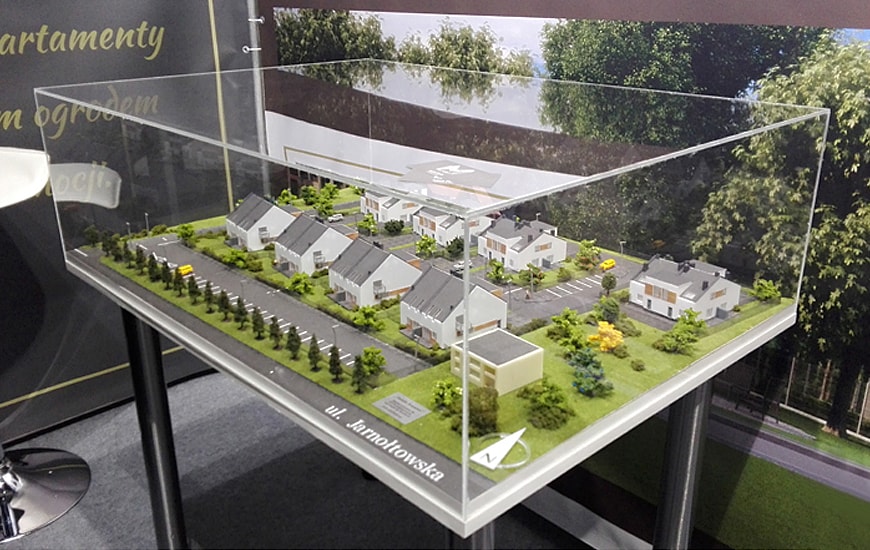Rapid Prototyping with the Use of 3D Printing
Working on a new phone case or chassis of a new car can take weeks or months, or in some cases—years. 3D printing has rapidly accelerated the prototyping process. Moreover, thanks to 3D printing solutions which have up until now been only accessible to technological giants are readily available to a fresh start-up (and its budget).
Prototyping is a mundane process, but it’s also necessary. Without proper testing you cannot create a product that millions will love. The catch is that such a process takes a lot of time, effort and money. At least that used to be the case before 3D printing came about. Thanks to readily available 3D printers, such as the Zortrax M200 and M300, some of the processes of prototyping can be accelerated and improved.
3D printing technology makes it possible to create relatively quickly finished elements, mainly of plastics. The 3d models are of high quality and precision, therefore you can present a neat, almost complete product as early as the prototype stage. You don’t have to order casting and wait for the casts for days on end (if not weeks). Just transfer the model to the 3D printer and start printing.

Long List of Benefits of Using 3D Print for Rapid Prototyping
3D printers such as the Zortrax M200 are relatively inexpensive, so you don’t have to make large investments or outsource your rapid prototyping. You can do it on site. Operating a 3D printer is easy and requires no specific oversight. 3D printing lets you quickly create a number of variants of a phone case and then just as quickly introduce changes and print corrected items.
Materials used for 3D printing have varying characteristics and come in different colors. This lets you experiment with your project. There are even materials which imitate glass like Z-GLASS, which will make your work even easier. Another advantage of 3D printing when it comes to rapid prototyping is the ability to create projects of complex geometry and unusual shape. You don’t have to assemble the product from a number of elements, but instead have it created in its full form. Moreover, the most modern 3D printers, such as the Zortrax M300 let you create large products. 3D printing is a less expensive method than milling or Electrical Discharge Machining.

3D Prototyping Requires Having 3D Computer Models
The only challenge with 3D prototyping is related to creating the 3D model. Fortunately, we can use free software and learn how to use it thanks to online tutorials. With some effort you’ll get the hang of 3D modeling pretty soon. Or you can commission someone or employ to prepare the model for you. In a technology start-up a person with such skills will be indispensable. Moreover, once you have a model of your prototype you can also use it later on. 3D model files are a standard in the design industry, just as graphics files are the standard for graphic artists, so it will be easy to order the manufacture of final versions of our product.
Rapid Prototyping Can Be Used in Many Fields
Rapid prototyping technology with 3D printing can have multiple applications in various fields, whether it be designing cars, computer casings or other electronics or medical devices, or even jewelery and lamps. In all of these cases a 3D printer will prove itself useful. 3D printing lets you examine and asses your solutions and check if the appearance of the product is spot on.
3D printing is readily available both to large automotive corporations and to small start-ups operating in a garage. Operating a 3D printer is safe and easy, and 3D printing in the process of prototyping is a lot cheaper than other methods and gives greater flexibility. Basic 3D printing skills are easy to acquire and widely available. Switching to 3D printing in rapid prototyping can open new perspectives for the company and radically improve the quality of their products.